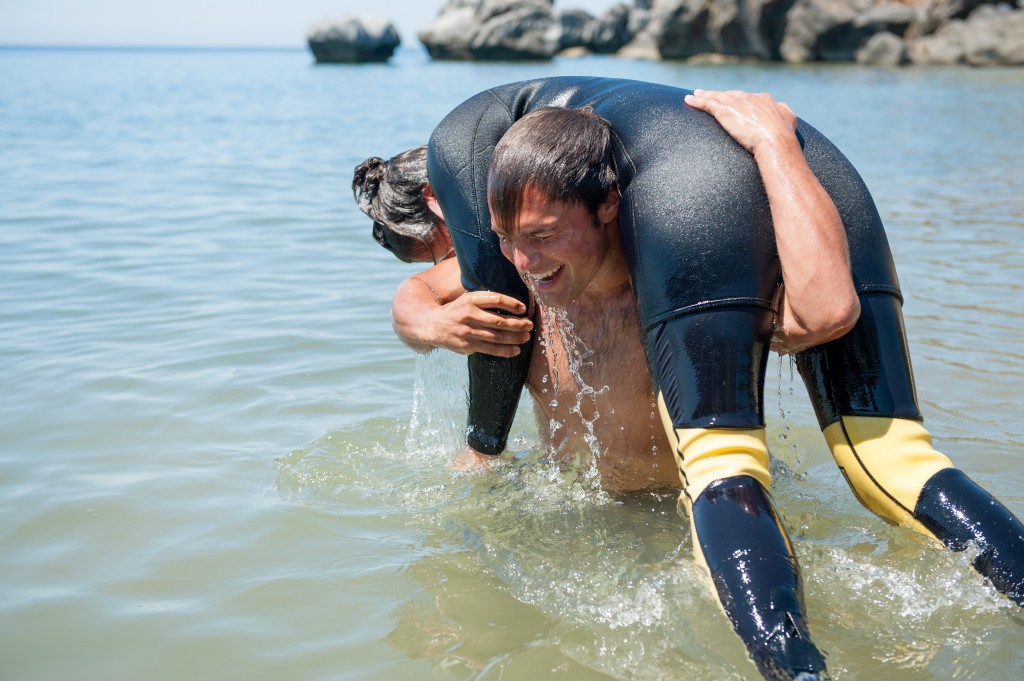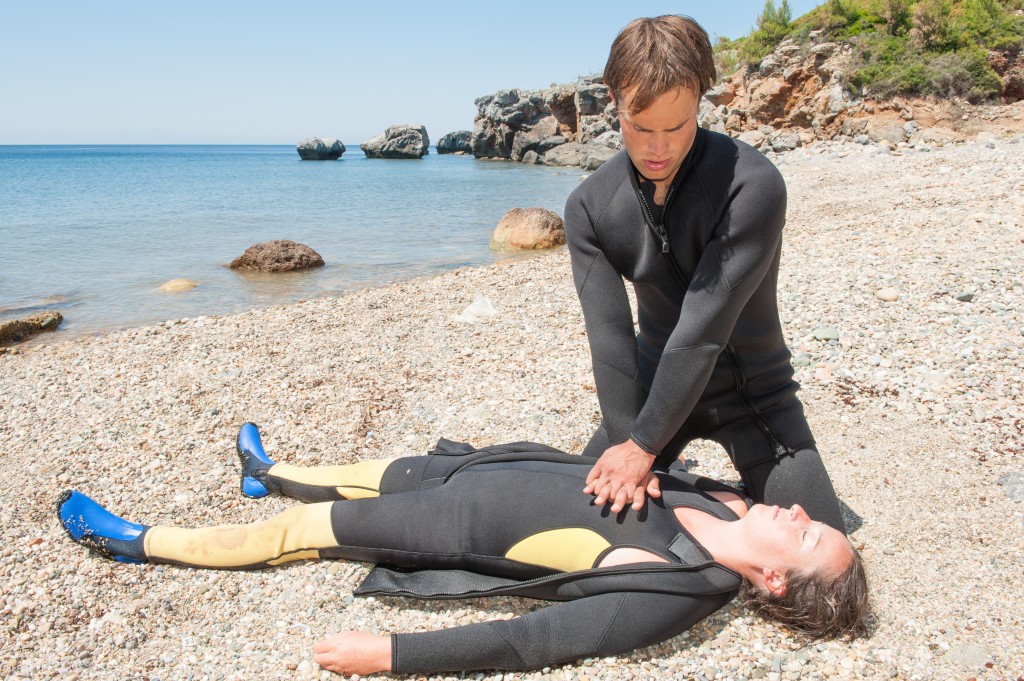Divers often describe the PADI Rescue Diver course as the most rewarding of all their training experiences. Becoming a Rescue Diver not only teaches you how to prevent dive accidents and emergencies — and how to manage them should they arise — but it also consolidates your skills and experience from earlier courses, making you a more confident and accomplished diver. More than any other course, Rescue Diver training increases awareness of the dive environment and the factors that affect diver safety. Learning how to interpret and react to those factors makes the course both fulfilling and fun. It is designed for anyone interested in expanding on the basic rescue skills that they learned in their entry-level courses, with the goal of becoming equipped to help themselves and others in an emergency situation. It is also a mandatory step in becoming a PADI professional. There are a few prerequisites to enrolling in the course: potential Rescue Divers must be at least 12 years old, and have completed their PADI Adventure Diver certification with Underwater Navigation as a mandatory specialty. In addition, candidates must have undergone EFR Primary and Secondary training within the last 24 months, although this can be done in conjunction with the Rescue course. The Rescue course will teach you how to adapt the skills learned during EFR training to situations pertinent to diving.
PADI Rescue Diver: What’s Involved
Unlike previous courses, the PADI Rescue Diver course involves relatively little time spent underwater. Instead, there are two main components, the first of which is a theory section comprised of five knowledge reviews and a final exam. Divers will explore a range of topics including the psychology of rescue, recognizing diver stress, and preparing an emergency assistance plan for a specific dive site. The second component of the course is devoted to skill mastery. While that may not sound particularly interesting, this section involves a lot of teamwork and role-play, which demands constant awareness and quick thinking. The skill sequences are challenging, adrenalin-inducing and above all, fun. The practical section of the course is divided into three sections: self-rescue skills, ten rescue exercises and two rescue scenarios. The self-rescue skills are basic and should be familiar from earlier courses; they include cramp release, establishing positive buoyancy at the surface and using an alternative air source. As simplistic as these skills may seem, they are effective ways of alleviating problems that without proper attention could become far more severe. Much of the PADI Rescue Diver course is dedicated to preventing accidents from happening in the first place or to mitigating them in their early stages. It is always preferable to avert an emergency rather than to face one.
The 10 rescue exercises are the backbone of the course, and teach individuals how to react to a variety of potential accidents or scenarios. They include learning how to appropriately assist tired and panicked divers, how to respond to distressed divers from shore and underwater, the most efficient ways to search for a missing diver, proper exiting techniques, and how to administer oxygen and in-water rescue breaths. Mastery of these skills could one day mean the difference between tragedy and survival; by knowing how to perform them effectively you become equipped to save lives. Your instructor will have assistants simulate these scenarios at any given time throughout the course, often without warning. You will be expected to react to them quickly and efficiently, as if the accident had occurred in real life. The skills that you learn as a result of this training will be put to the test in the rescue scenario section of the course, when you will be required to react to an unresponsive diver at the surface and an unresponsive diver underwater, performing the necessary steps for a rescue from start to finish.
Most divers who complete their PADI Rescue Diver training will never have to provide assistance in the aftermath of a dive accident. Thankfully, serious dive accidents happen with a scarcity that means the most valuable skills divers take away from their training are normally preventative ones, such as recognizing and managing diver stress or eliminating vertigo before it becomes a problem. However, knowing that you are able to cope with an emergency not only makes you a better buddy, but also a generally more confident, capable diver. It is important not to let your newfound skills stagnate; keep them up to date and refreshed with frequent practice. That way, whatever situations arise, you will be sufficiently equipped to deal with them in the safest and most effective way possible.



